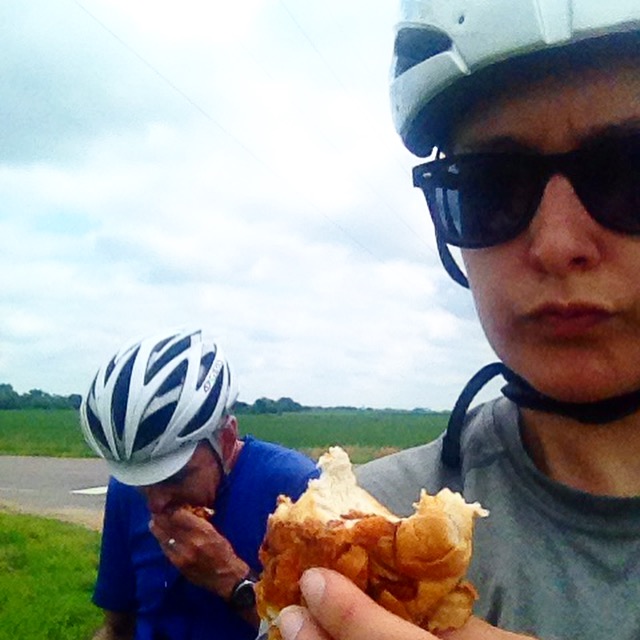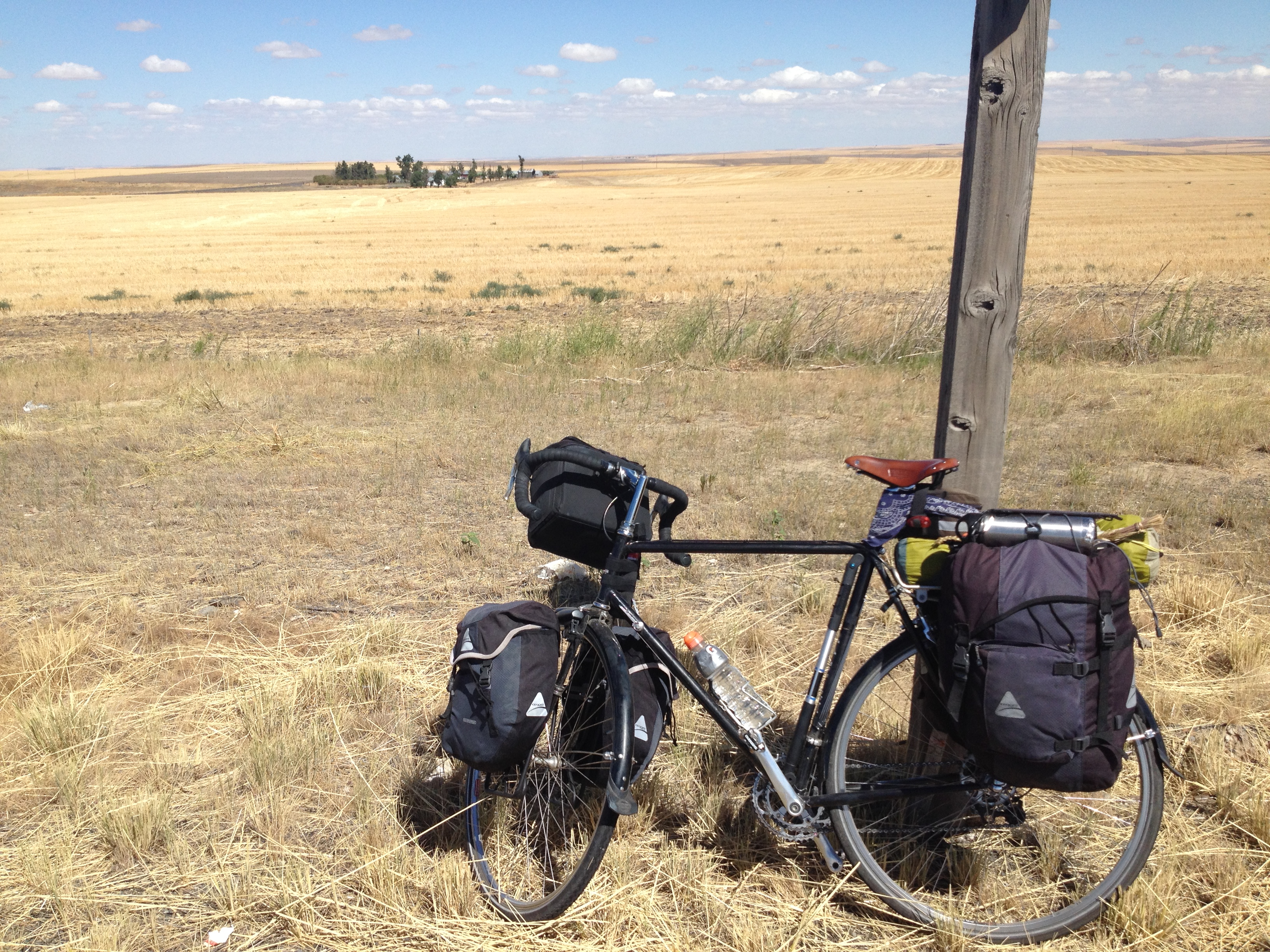~ 2 min

Context
This project is split into three sections. Numerical Geospatial Data as Evidence, First Hand Accounts or Textual Account as Evidence, and Photography as Evidence; each section outlines the different types of data as evidence. Each section participates in an analysis of these data forms.
The first section, Numerical Geospatial Data as Evidence, utilizes spatial statistics to build a picture of the journey. This section relies on the data collection application ‘Reporter,’, and the ArcGis program to form an argument about the relational findings of the quantitative information gathered. The second section is informed by the practice of autoethnography and qualitative data analysis to consider the First Hand Accounts or Textual Account as Evidence written throughout our travels. The coding of this data forms thematic elements that define the purpose and intentions of this journey. The last section, Photography as Evidence looks at the body of photographic data collected on this journey and considers the purpose of and historical context for the documentation of these images.
All of the raw data discussed in this project is open and available in the Github repository created for this project. The entirety of this project is laid open, the initial website for the project is online (1) along with as is the subsequent data and analysis project.(2) This project identifies as Digital Humanities, utilizing the ‘Big Tent’ theory to position itself as a critical work constructed as a digital object that utilizes many digital tools to assist in the mode of inquiry of its own production.(3) In Patrik Svensson’s essay “Beyond the Big Tent” he considers the Digital Humanities “as a trading zone and meeting place, we can acknowledge disciplinary and methodological expertise, while approaching grand challenges, relating key disciplinary discourses, supporting multiple modes of engagement, with the digital, and distinctly engaging with the future of Humanities.”(4) This project hopes to engage with all of these possible readings of the Digital Humanities field as praxis-based processes of humanities, questioning the use of digital tools and spaces for presentation and analysis. The open online aspect of this project seeks to make available the multiple modes of questioning engaged with this data as well as encourage a sharing of the information that constructs this data.(5)
Footnotes
- “Crossing the Great Divide” http://www.crossingthegreatdivide.net/ Web. 6 April 2016.
- “Travelogue” http://julia-pollack.github.io/ Web. 6 April 2016.
- Gold, Matthew K., ed. 2012. Debates in the Digital Humanities. Minneapolis, MN, USA: University of Minnesota Press. Accessed April 6, 2016. ProQuest ebrary.
- Gold, Matthew K., ed. 2012. Debates in the Digital Humanities. Minneapolis, MN, USA: University of Minnesota Press. Accessed April 6, 2016. ProQuest ebrary.
- Mahony, S., U. Tiedau, I. Sirmons, Warwick, C, Terras, M, and Nyhan, J. “Open Access and Online Teaching of Digital Humanities.” Warwick, C and Terras, M and Nyhan, J, (eds.) Digital Humanities in Practice. Facet: London. (2012). Facet, 2012.
